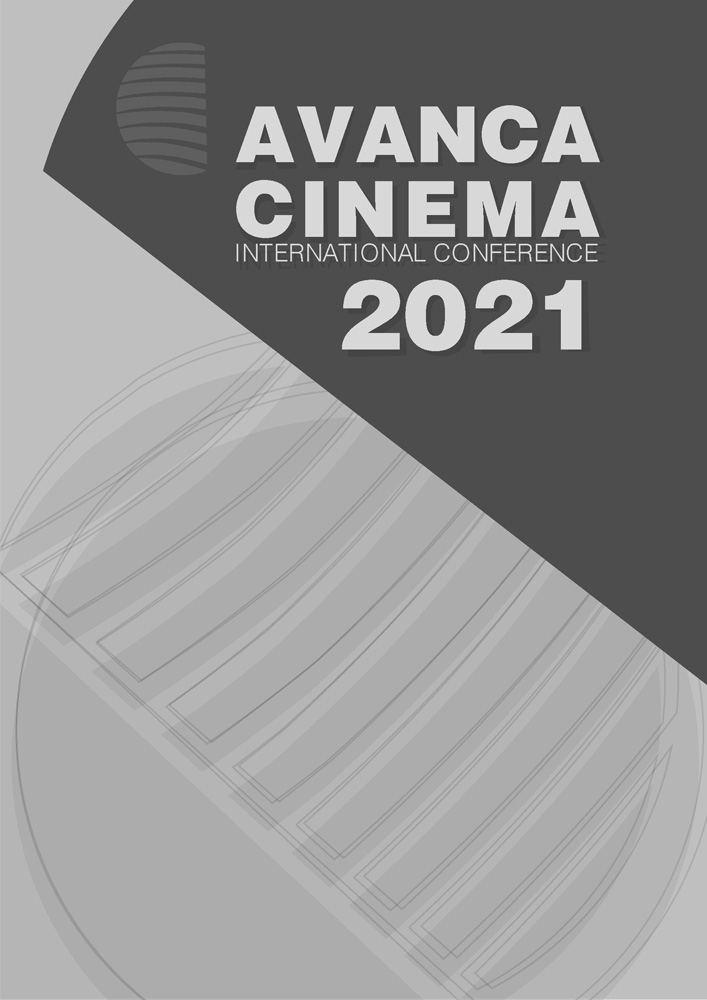Chapter I _ Cinema - Art
The Masquerade Folia: a reflection about culture and image in the visual metaphors present in the animation The Boy and the World
Abstract
The article is an analysis of the conflict between culture (represented in the animation as cheerful revelers) and the armed forces pictured in the brazilian animation The Boy and the World (2013), produced by Alê Abreu. In this context, we will highlight some frames of the narrative containing the symbols and metaphors that represent these conflicts and analyze them in the light of the theories of Lakoff and Johnson, Mikhail Bakhtin, Nestor Canclini among others, who discuss popular culture, image and visual metaphors.
The conflict in the film raises several questions, the main one being the relationship between the Boy and the culture present in the film as our own cultural erasure. Symbolically, the death of culture in the film may be the denial of our identity and the permanence of the choice of what is or is not culture in the hands of the dominant powers of this “World”.
Metaphors are not able to provide a full, consistent and comprehensive understanding of all aspects of your target concept when considered in isolation (Lakoff and Johnson 2008, 92) but we can make important contributions to this medium through their interpretations. In this context, this article seeks to bring reflections about the death and rebirth of a culture represented in the film. However, this analysis is not committed to bringing absolute answers, as they depend on the relationships between the author’s intention, the spectator’s previous baggage and the cultural and social context in which the animation is inserted.

This work is licensed under a Creative Commons Attribution 4.0 International License.

